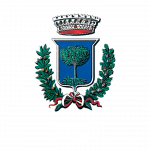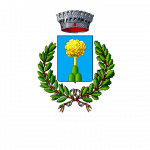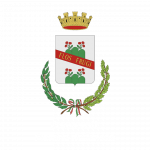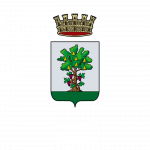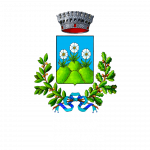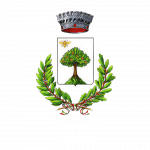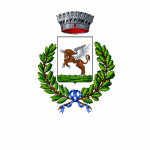![]() Per posizionarti sull’itinerario
Per posizionarti sull’itinerario ![]() Per la tua geolocalizzazione
Per la tua geolocalizzazione


The Rio della Rocca valley, near Castellarano (Reggio Emilia), has been intensively quarried since the 1950s, and this has inevitably altered its environmental characteristics, especially the lie of the land.
Numerous studies of the area over the years have highlighted points of considerable interest to natural historians, with distinctive features and the presence of rare plants and also fossils.
The Rio Rocca basin was therefore awarded “special interest” status under a Ministerial Decree dated 1 August 1985 (“Galassino”). The Emilia-Romagna Region also formally recognised the valley’s importance by including it in the Regional Natural Protection Plan, due to its areas of particular natural beauty and scientific interest.
To study the area, Castellarano Town Council has signed two agreements with the University of Modena and Reggio Emilia, with funding from the Province of Reggio Emilia and the Emilia-Romagna Region. The convention covers a multidisciplinary study to establish how to protect and promote the environmental heritage (geomorphology, geology, flora and fauna, history and local culture) and assess hydrogeological threats in the Rio della Rocca basin and any works recommended for this purpose.
The studies have identified a number of environmental areas of particular importance for the geological heritage and put forward proposals for the management and promotion of the entire valley.
The geological features of interest identified were: contact between rocks of the Ranzano Formation (Val Pessola Member) and the Argille Azzurre (Blue Clays); fossil-bearing strata; clay cliff formations; “mushroom” formations caused by selected erosion; landslips; river terraces.
The palaeontological investigation of the Rio Rocca valley produced a general record of the fossils present, which date mainly from the Pliocene and are of considerable importance for two reasons. The first is the discovery some years ago of two rare marine vertebrates in the San Valentino clay cliff areas (the first, conserved in the University of Modena and Reggio Emilia Paleobiology and Botanical Museum and the second, more complete, christened “Valentina”, currently on display in Reggio Emilia Civic Museum). The second is the wealth of invertebrate, mainly mollusc, fossils, easily visible to anyone visiting the area and able to yield valuable palaeoenvironmental information.
From the botanical point of view, the Rio Rocca basin has various locations of interest that highlight the characteristics of this area of hills on the edge of the Emilian Po Plain. The area is one above all of deciduous woodland, abandoned farmland, dry meadows and extensive farming. The area has been designated a Site of Community Interest (SCI – IT4030016 “San Valentino, Rio della Rocca”) included in the Nature 2000 Network due to its habitats of community interest, especially with regard to its herbaceous plants and shrubs. The site contains several species of orchids and other protected flora at risk of extinction in the local area. There are also wetlands of particular ecological interest.
A total of 392 taxa (clearly defined categories of living beings) have been reported in the study area: cross-checking at the various international and local levels reveals that 26 species are covered by community and regional conservation programs. There are also 14 species of local interest which deserve attention even though they are not included on conservation lists. Of the 392 taxa recorded, 19 are not classified as native Italian wild species. The percentage incidence of this group is 4.85%, which represents the level of contamination of the area’s flora.
Due to their high degree of environmental impact, the quarries have had considerable effect on the site’s floral diversity and in fact the abandoned or partially remediated excavated areas play two opposing roles: they act as genetic reserves by providing a habitat for rare species from nearby high-value areas (La Versina, Monte Bragolone etc.), but they are also areas contaminated by taxa of non-European origin. Numerous surveys by experts indicate that the former Anselmi quarry is of the greatest interest in terms of biodiversity, followed by the Pescale quarry.

Municipality of Maranello
Piazza Libertà, 33
41053 – Maranello (Modena)
comune.maranello@cert.comune.maranello.mo.it
Phone +39 0536 240 011
Fax +39 0536 942 263

IAT – Tourist Office at the
Ferrari Museum
Via Dino Ferrari, 43
41053 – Maranello (Modena)
Phone +39 0536 073036
Open every day except January 1st and December 25th
Opening times:
from April to October from 9:30am to 6:15pm
from November to March from 9:30am to 5:15pm
